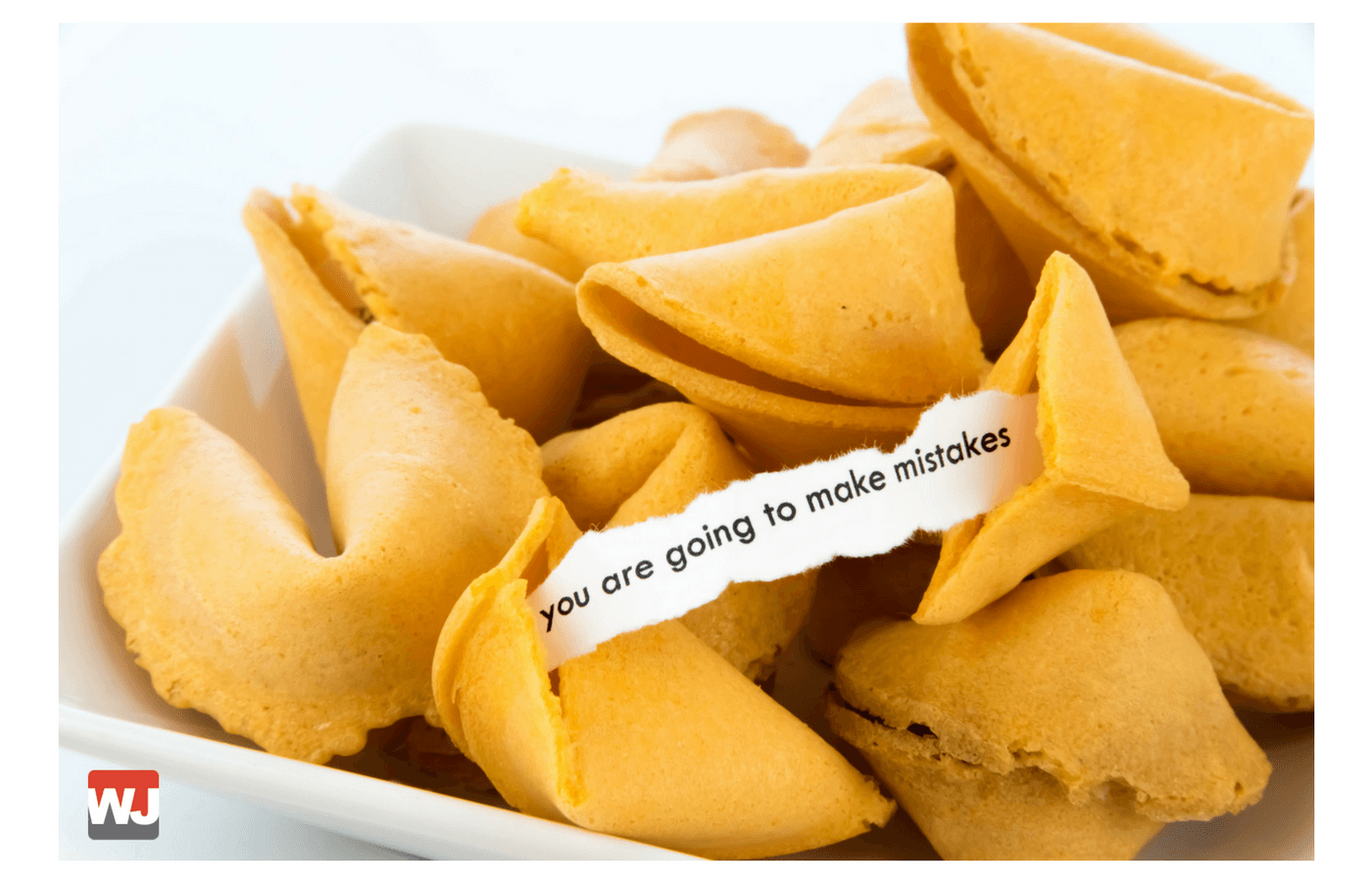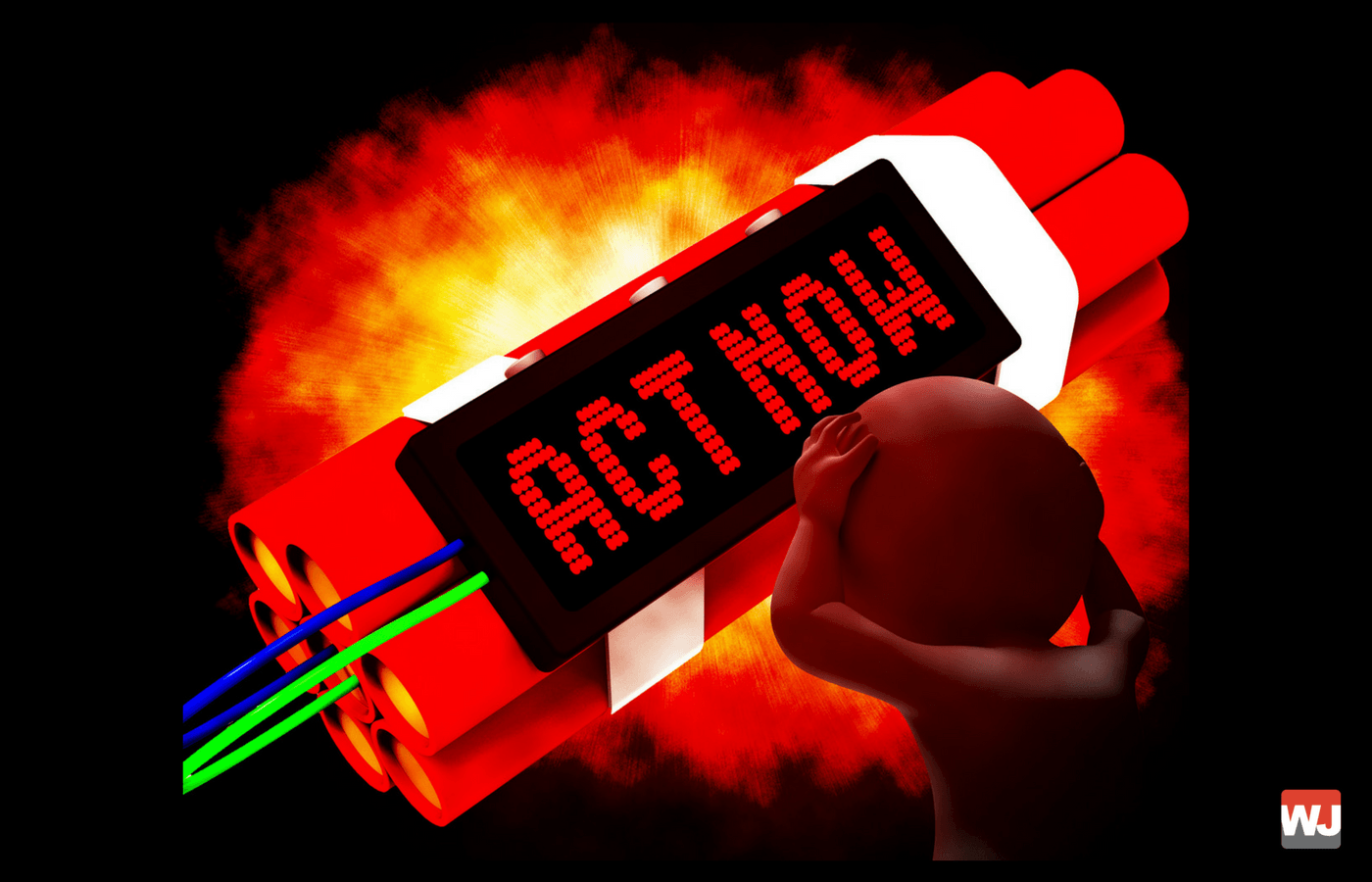It should never be left as a last-minute, thrown together afterthought because it allows you to check off the final item on your “To Do” list.
There is money to be made in a properly organized follow-up process.
After the live event, say you’ve got 38 unsold units out of 100 – that’s more than a third of your stock waiting to be sold, but you haven’t crafted a follow-up series, yet. What do you do?
I’ll tell you what NOT to do, first.
Do NOT send off a “quick” Replay email. No.
By all means, fall into bed the moment your webinar is done and chillax the rest of the evening (how many of you with kids, pets, second or third jobs, and piles of laundry just rolled your eyes at me?).
Instead, save the Replay email promotion for the next day, when you have the time and focus to carefully consider your follow-up plan.
There are two comprehensive discussions of this subject here and here, but today we’re going to consider 4 Rookie Mistakes that we frequently see webinar hosts making in their follow-up campaign.
 Mistake #1 – Not offering the replay
Mistake #1 – Not offering the replay
Some webinar hosts ditch the follow-up process altogether and announce upfront that there won’t be a replay after the live event. This strategy is intended to create scarcity with the intent to increase attendance.
Unfortunately, the effectiveness of this approach has been gravely exaggerated.
For example…
- Let’s say 100 people register for your webinar and 30 actually show up.
- For the next webinar you announce that no recording will be available.
- Again, 100 people register, but this time 36 people show up for the event.
Amazing! A 20% increase in attendance! Proof that this strategy works!
Or, is it…?
What about those 64 people that still didn’t show up? We suggest you write a simple 3-email series promoting the webinar replay that gets at least half of those 64 people to watch the recording. Which, even if you discount the 20% bump in live attendees, still means you get almost double the number of people to watch the webinar.
It IS possible to overuse scarcity. There, I said it, I meant, I’m here to represent it!
You can certainly argue that if people don’t turn up to your live webinar at 8pm on a Friday night, they’re not really interested in your offer, and that by removing the replay you’re excluding the lookie-loos…
Or, maybe you’re just excluding the people that have a really busy, inflexible, exhausting life?
This is why we test and this is why we always step back and look at the big picture. A 20% increase in attendance is peanuts if you then exclude a much larger audience who, by registering, have expressed DIRECT INTEREST in your event.
Mistake #2 – Announcing the replay too early
Just because you’re going to make a recording of the webinar available doesn’t mean you have to divulge this in advance of your event. Sharing this tidbit of information too early can reduce your attendance rate, for sure.
Replays can be extra effective if positioned correctly (more on this later), but they don’t usually convert quite as well as a live event. With this in mind, don’t mention the replay until AFTER your webinar has broadcast.
The best way to handle this is to not bring up the subject. If someone asks you about it, simply ignore the question or say something along the lines of…
“Yes, I’m hoping to make the replay available at some point, but I don’t know precisely when or how long I’ll be leaving it up. To be on the safe side, I would make sure that you attend the live event because I can’t make any guarantees. Plus, I’ve got something special planned for the live event that won’t be included in the replay and you definitely won’t want to miss that.”
Mistake #3 – Assuming the no-shows are lukewarm
Again, we go back to the earlier false assumption that if someone REALLY wants to attend your webinar, they’ll make arrangements to be online no matter what.
The presumption, then, is that if someone doesn’t show up, they are, at best, only mildly interested.
That’s highly illogical, Captain!
But, we all know life doesn’t work like that. Kids get viruses, computers blow up, and spouses demand attention. Or, sometimes kids demand attention, computers get viruses, and spouses blow up!
So, don’t treat your “no-shows” as people who aren’t truly interested. If you do that, you’ll write follow-up emails that are lacking in conviction. Instead, think of every no-show as a potential customer who only missed your live event because of some unavoidable disaster.
This approach will result in emails with a totally different, more enticing tone.
Mistake #4 – Not closing the doors
At some point, you need to take the webinar replay down and close the shopping cart doors.
*Scarcity shouldn’t be applied excessively, but that doesn’t mean we don’t wholeheartedly agree that it’s important to apply this strategy in appropriate places.
 Exactly when to shut it down is something you can test, but a week should be more than enough time for everyone who is interested to watch the replay and make a decision on your offer.
Exactly when to shut it down is something you can test, but a week should be more than enough time for everyone who is interested to watch the replay and make a decision on your offer.
Send a final email, around 24 hours before you plan to take the replay down, and make sure your reader knows, in no uncertain terms, that this is their last opportunity.
Don’t be afraid to really turn turn up the heat with this final email. Remind the reader that they’ve expressed interest because they’re suffering from pain or seeking pleasure and now is the time to decide if they’re REALLY okay with missing out on the promised land!
You shouldn’t try and “guilt” your readers into action or make them feel foolish if they decide to take a pass. Just close those doors firmly and with conviction.
************************************************************************
I’ve called these blunders, “rookie mistakes,” because they’re easy to make. But, in reality, they could just as well have been called “easy-to-make mistakes that even experienced webinar hosts fall prey to”.
It wouldn’t have been as catchy but is equally true.
The key point to remember is that your webinar follow-up strategy is not something you do haphazardly, or not at all.
A well-executed webinar follow-up can double your sales or more (in some cases our replays have generated more profits than the live event). This means skimping on the follow-up isn’t so much about leaving money on the table, as it is about closing for business while there’s still a queue of people outside, snaking around the block.
Lavish the same love onto your webinar follow-up process as you do the rest of your webinar prep and delivery, and you can look forward to some truly memorable results.
Have you had an awesome live event, and now want to automated it? Check out EverWebinar for some amazing evergreen webinar features!
